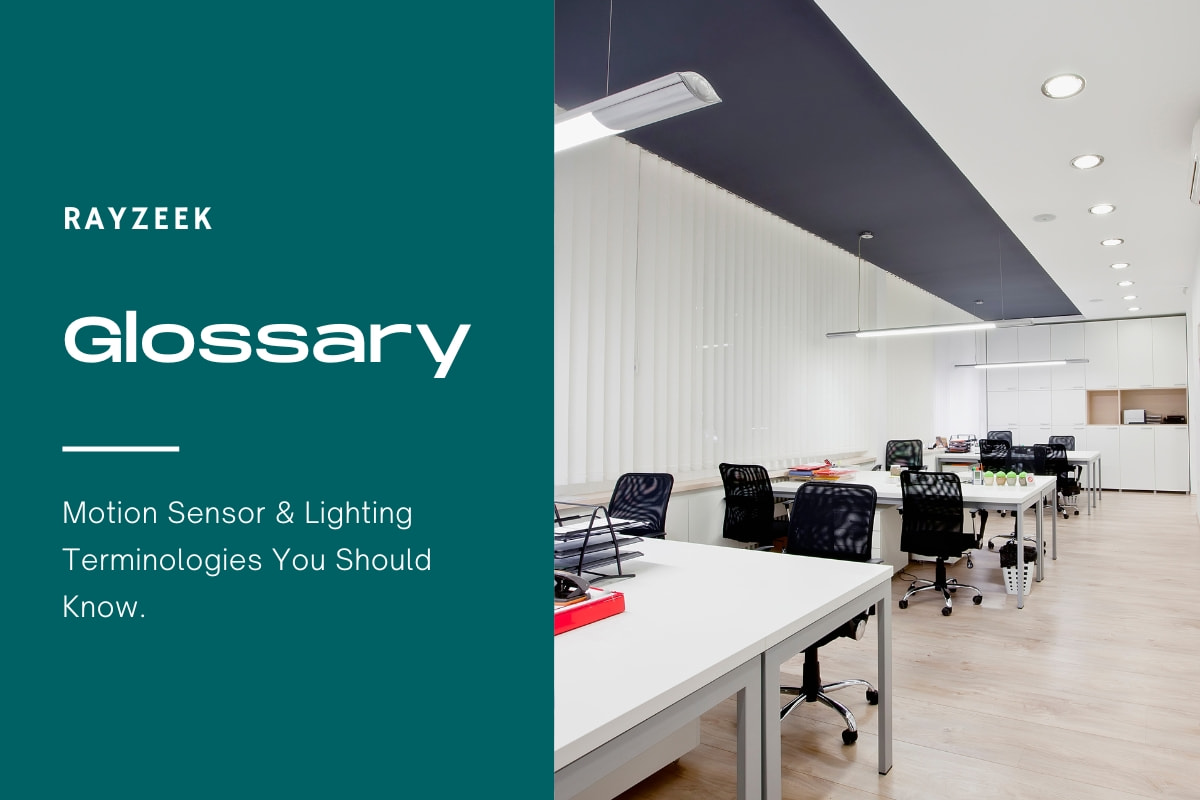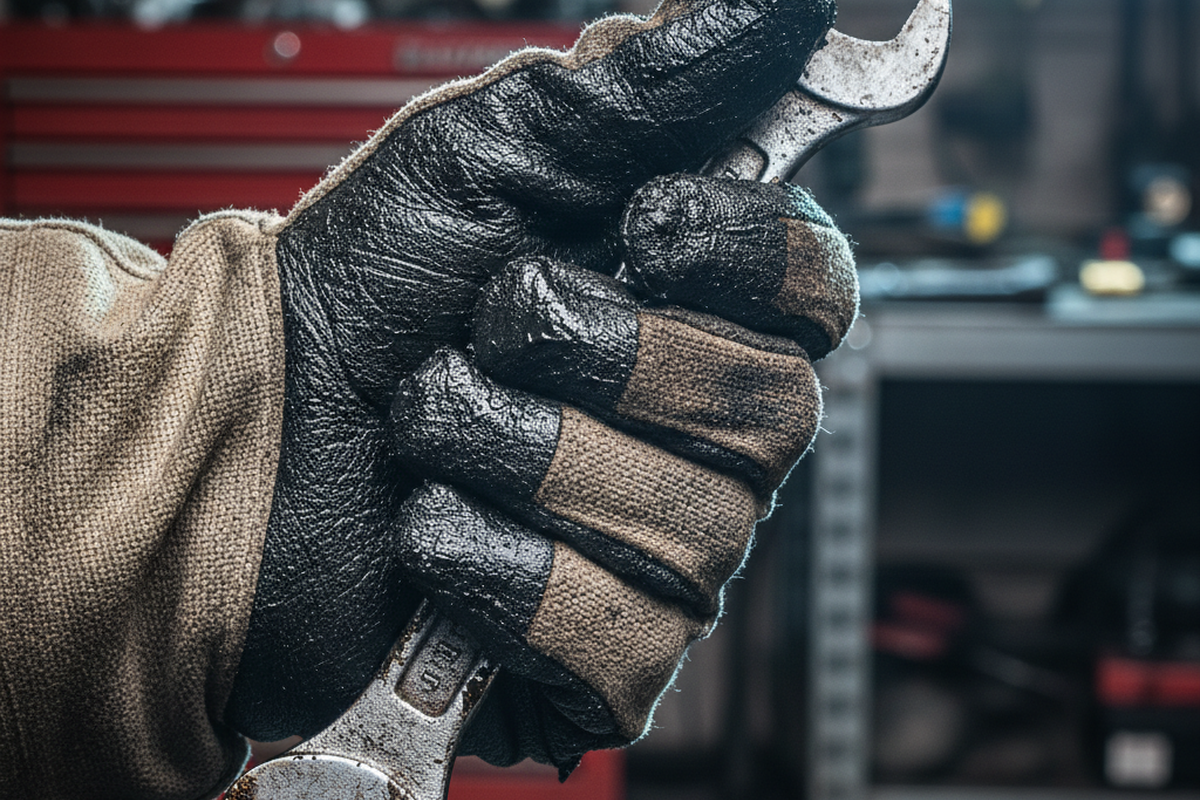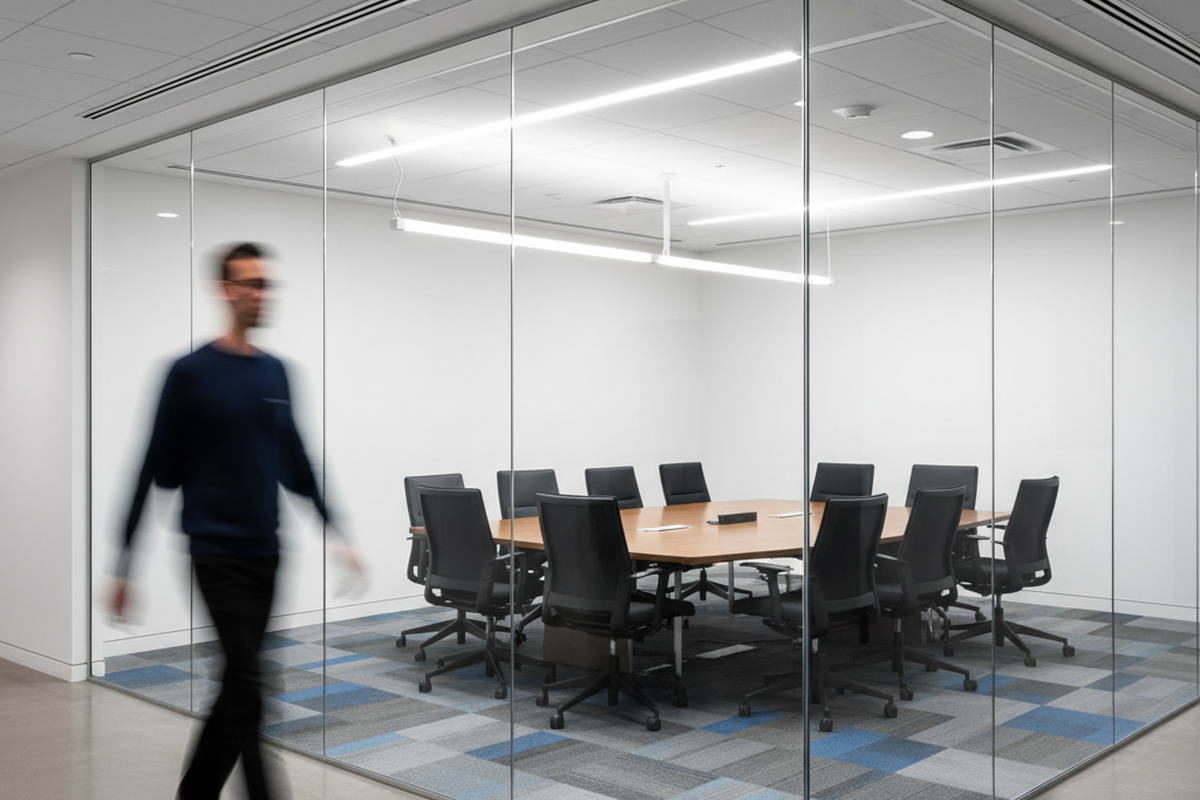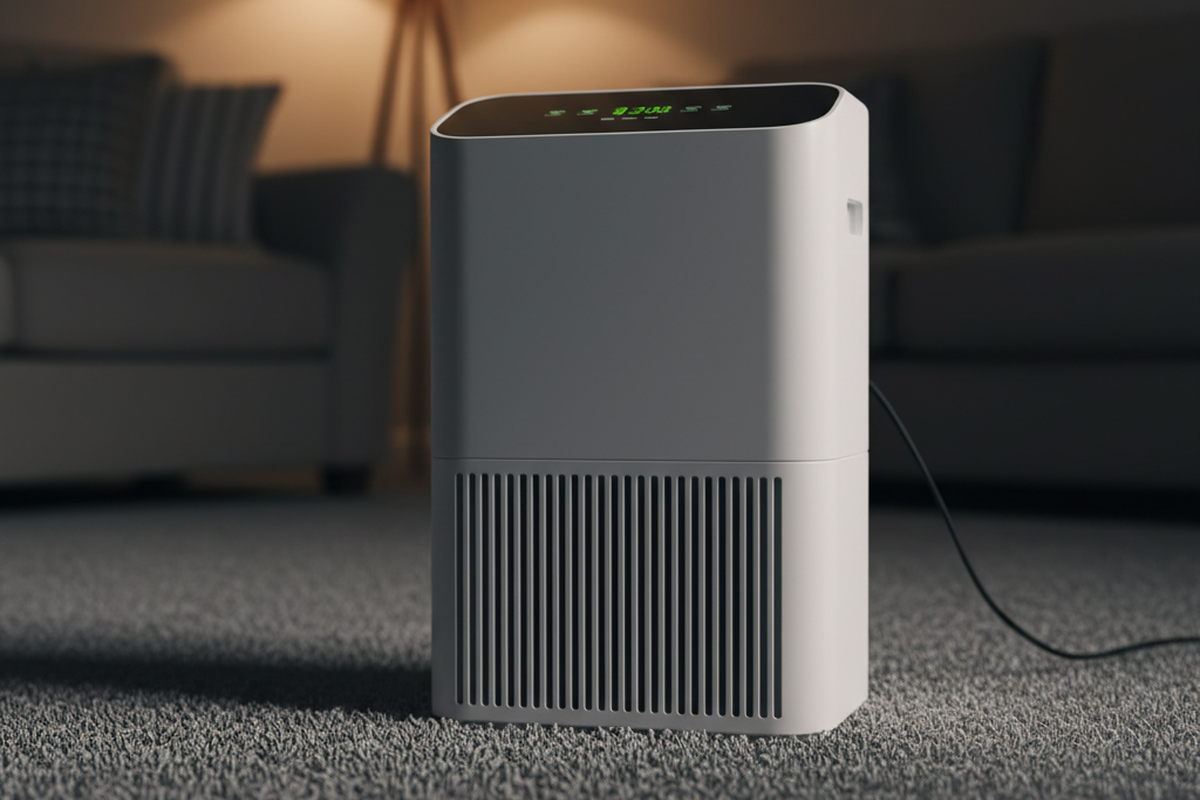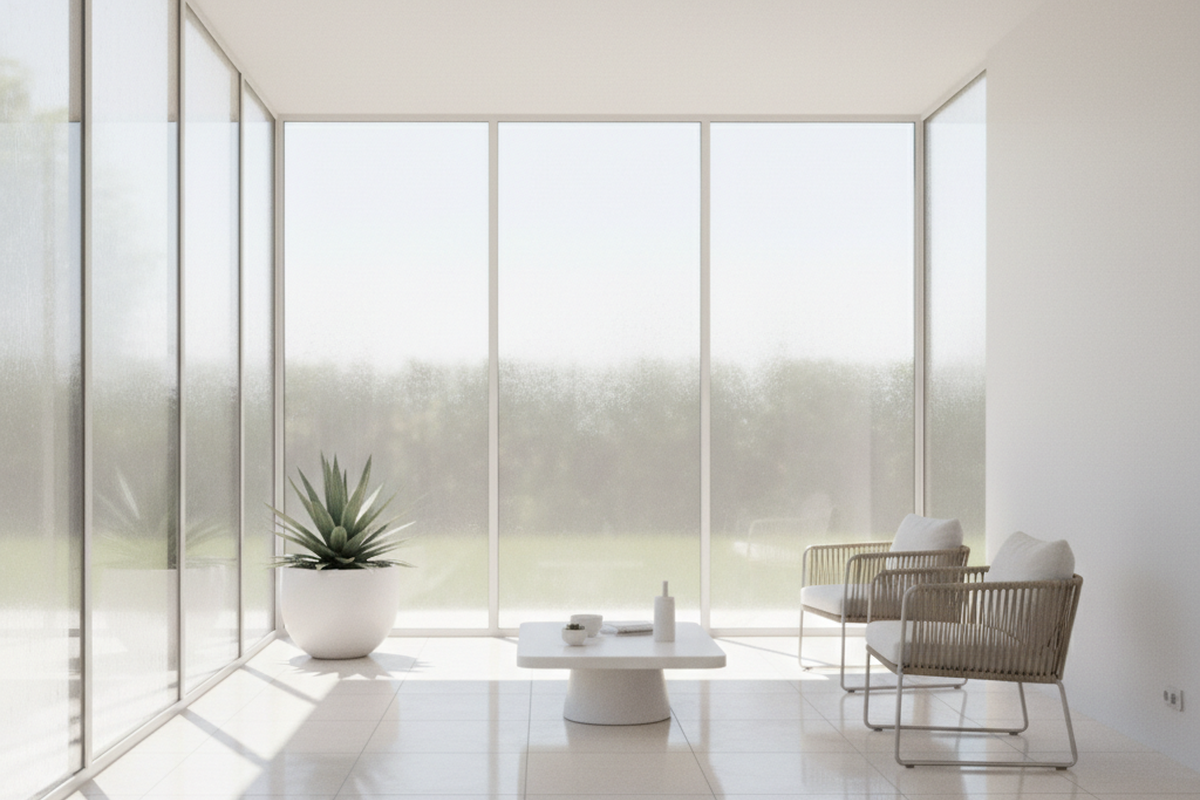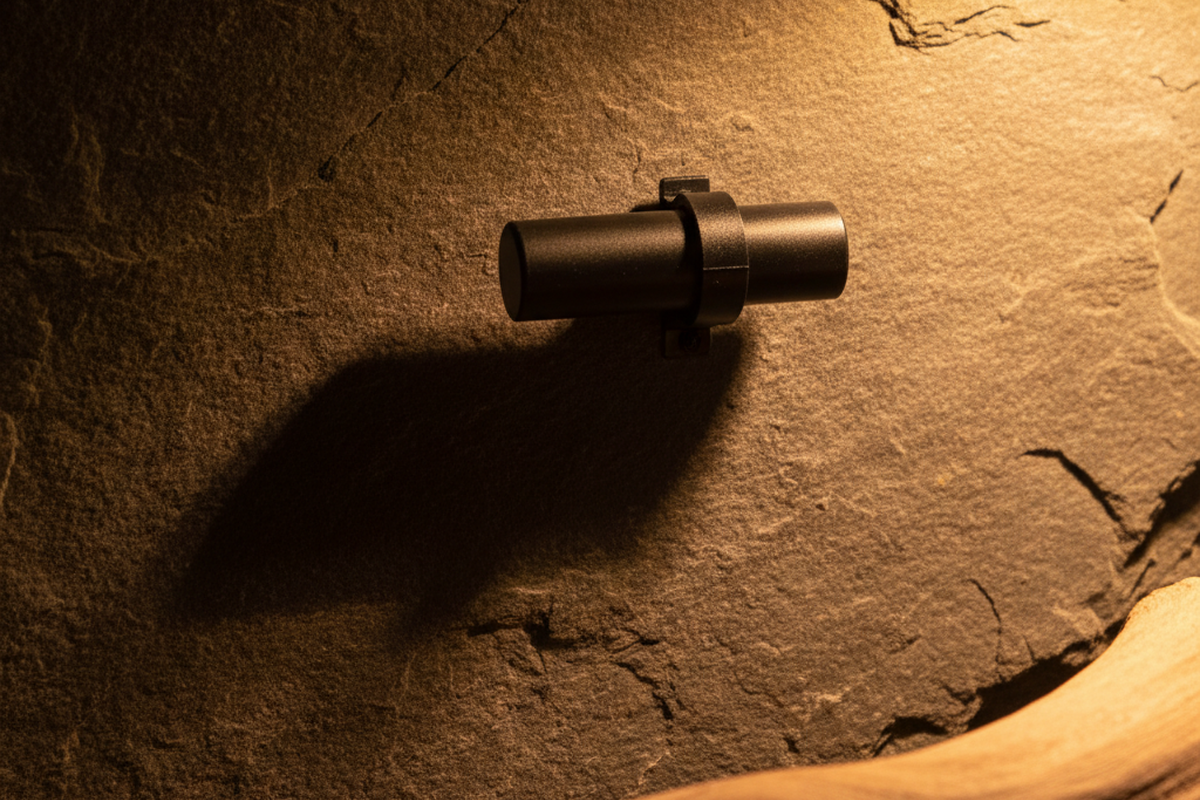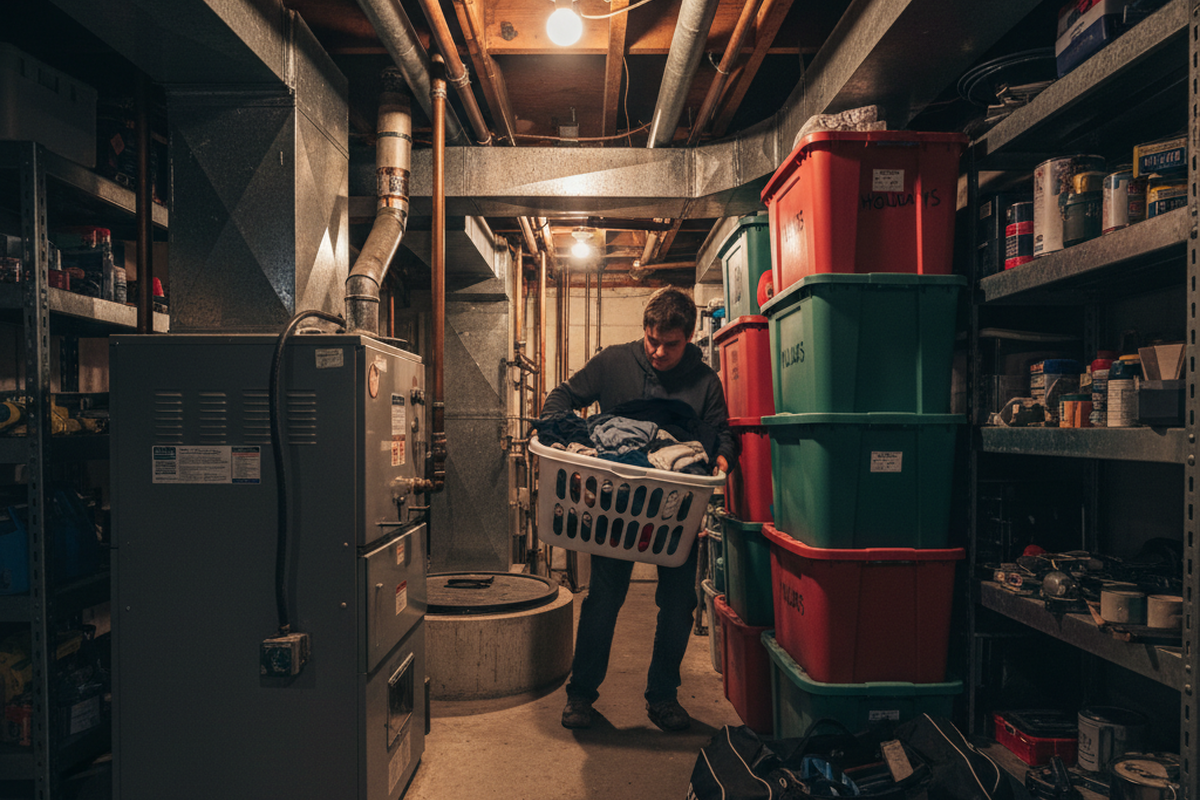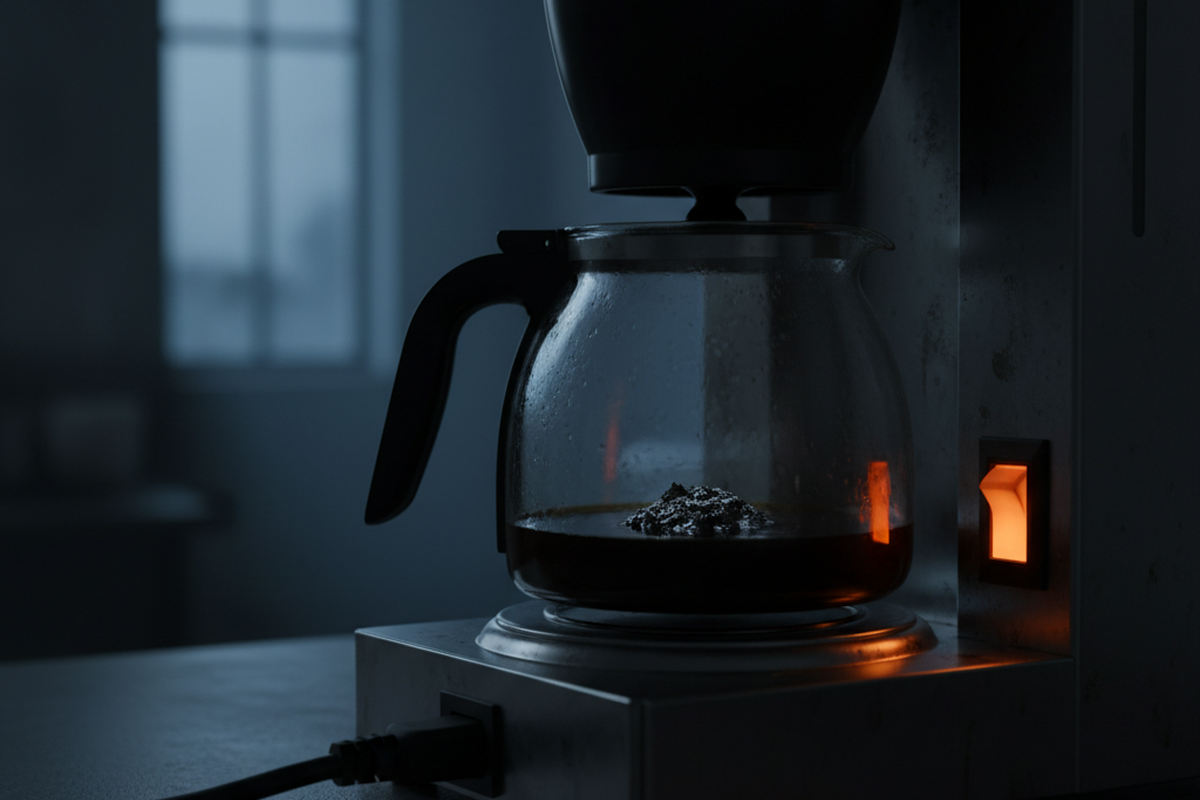Co je halogenová žárovka
Halogenová žárovka, známá také jako wolfram-halogenová žárovka, je typ žárovky. Vyznačuje se křemennou baňkou a plynovou náplní, která obsahuje halogenový prvek, například jód nebo brom. Tato jedinečná konstrukce umožňuje halogenovým žárovkám produkovat brilantní světlo z kompaktní jednotky. Halogenové žárovky byly poprvé představeny koncem 60. let 20. století a rychle si získaly oblibu v různých aplikacích. Běžně se používají v automobilových světlometech, při fotografování pod vodou a při obytné osvětlení díky své kompaktní velikosti a schopnosti vydávat jasné světlo.
Hledáte řešení úspory energie aktivované pohybem?
Obraťte se na nás pro kompletní PIR senzory pohybu, produkty pro úsporu energie aktivované pohybem, spínače se senzorem pohybu a komerční řešení pro detekci přítomnosti/volnosti.
Halogenové žárovky mají prodlouženou životnost vlákna. Halogenový prvek se spojuje s wolframem odpařeným z horkého vlákna a vytváří sloučeninu, která je přitahována zpět k vláknu. Tento proces zabraňuje rychlému poškození vlákna, což vede k delší životnosti ve srovnání s běžnými žárovkami. Mají také svou schopnost zabránit kondenzaci odpařeného wolframu na žárovce. Tato kondenzace může žárovku ztmavit a snížit světelný výkon. Využitím halogenového plynu si halogenové žárovky zachovávají jas a poskytují konzistentní úroveň osvětlení.
Často kladené otázky
Mohu kombinovat LED a halogenové žárovky v jednom svítidle?
Teoreticky je možné kombinovat LED a halogenové žárovky v jednom svítidle. Doporučuje se však nahradit všechny halogenové žárovky LED žárovkami pro lepší energetickou účinnost. Pokud dáváte přednost dalšímu používání starších halogenových žárovek před úplným přechodem na LED, je to pochopitelné.
Jaké jsou nevýhody halogenových žárovek
Teplo je jednou z hlavních nevýhod halogenových žárovek, protože vyzařují značné množství tepla. Toto nadměrné teplo může způsobit nepříjemné pocity při sezení pod halogenovými žárovkami v prostorách, jako jsou kuchyně, pracoviště nebo výtahy. Navíc hrozí nebezpečí popálení, pokud se těchto žárovek dotknete, když jsou zapnuté. Další nevýhodou je požadavek na stínění kvůli vysokotlakému plynu používanému v halogenových žárovkách, které je nezbytné, aby se zabránilo potenciálnímu nebezpečí v případě roztříštění.
Vyřazují se halogenová světla
V roce 2023 má být zavedeno federální nařízení, které zakáže prodej žárovek se světelnou účinností nižší než 45 lumenů na watt. V důsledku toho bude postupně vyřazena většina žárovek a halogenových žárovek, které jsou v současné době na trhu dostupné.
Která LED je nejblíže halogenu
Halogenové žárovky mají obvykle barevnou teplotu 3000 K. Pokud tedy chcete dosáhnout podobného barevného vzhledu, bylo by vhodné zvolit LED žárovku s barevnou teplotou 3000K. Případně můžete zvážit i teplejší barevnou teplotu, například 2700K.
Jaký je rozdíl mezi LED a halogenovými žárovkami
Jedním z klíčových rozdílů mezi LED a halogenovými žárovkami je spolehlivost. LED osvětlení má mnohem delší životnost, která se pohybuje mezi 30 000 a 50 000 hodinami, zatímco halogenová světla mají průměrnou životnost kolem 1500-2000 hodin. Kromě toho LED diody potřebují ve srovnání s halogeny výrazně méně energie k vytvoření stejně kvalitního nebo dokonce kvalitnějšího osvětlení.
Jaké jsou nevýhody halogenového osvětlení
Halogenové osvětlení má několik nevýhod. Zaprvé tyto žárovky vyzařují značné množství tepla, takže je nepříjemné se v jejich blízkosti pohybovat, zejména v prostorách, jako jsou kuchyně, pracoviště nebo výtahy. Kromě toho mohou být halogenové žárovky při zapnutí nebezpečné na dotek kvůli vysoké úrovni tepla, které vytvářejí. Halogenové žárovky navíc ve většině případů vyžadují určitou formu stínění, aby se zabránilo případnému poškození v případě jejich rozbití.
Proč byly zakázány halogenové žárovky
Halogenové žárovky byly zakázány, protože fungují na principu průchodu elektrického proudu wolframovým vláknem, které vytváří světlo. Tento proces však zároveň zahřívá vlákno, což vede k plýtvání energií a jejich neúčinnosti.
Můžete dát halogenovou žárovku do jakéhokoli svítidla?
Halogenové dvoupaticové žárovky lze používat pouze ve svítidlech, která jsou pro jejich použití speciálně navržena. Naproti tomu halogenové žárovky se šroubovou paticí lze používat ve stejných středních objímkách jako běžné žárovky.
Co je lepší, halogenová nebo žárovková žárovka
Halogenové žárovky jsou považovány za lepší než žárovky díky své vyšší světelné účinnosti. Svítivost je měřítkem toho, kolik lumenů je vyprodukováno na jeden watt energie, přičemž vyšší číslo znamená více vyprodukovaného viditelného světla. Například skleněné a křemenné halogenové žárovky mají obvykle světelnou účinnost 16-24 lm/W, zatímco standardní žárovky s příkonem od 40 do 100 W mají nižší světelnou účinnost 12,6-17,5 lm/W.
Spotřebovávají halogenová světla hodně elektřiny
Ano, halogenová světla spotřebovávají značné množství elektřiny. Ve srovnání s CFL nebo LED žárovkami jsou halogenové žárovky velmi neefektivní. Nedávné federální předpisy totiž zakázaly výrobu řady běžně používaných halogenových žárovek s vysokým příkonem a standardní paticí E26.

